Psilocybe Subaeruginosa Magic Down Under
https://www.mycophiliac.com/p/psilocybe-subaeruginosa-magic-down-under
Discovering Psilocybe Subaeruginosa
The discovery of Psilocybe Subaeruginosa, a remarkable species of psilocybin mushrooms, has opened a new chapter in mycology. This species, known for its potent psychoactive properties, is found widely across Australia and New Zealand regions. This discovery provided another key piece to understanding the complex family of Psilocybe mushrooms, including well-known species like Psilocybe cyanescens, a close relative with similar psychoactive effects.
Psilocybe subaeruginosa, first described by Australian mycologist John Burton Cleland in 1927, is a fascinating species of psychedelic mushroom. Its name refers to the bluish-green reaction when the fruit bodies are damaged or handled. This species is characterized by its small to medium-sized caps in shades of yellow-brown to orange-brown, with distinctive brown cystidia.
Cleland's original collections in Adelaide did not include a formally designated type of collection. However, a lectotype from Belair National Park in Australia has been designated since then. Unfortunately, the absence of habitat and substrate details in the lectotype makes establishing an authentic species concept challenging.
In a 1992 study comparing several related species, including P. australiana, P. eucalypta, P. subaeruginosa, and P. Tasmaniana, it was suggested that they were synonymous. However, this proposal was rejected by later authors, with Gastón Guzmán questioning the validity of the comparisons. Despite the objection, the proposal to combine them as P. subaeruginosa was eventually accepted in 1995, except for P. tasmaniana, which was excluded due to distinct characteristics and misidentification.
Historical Perspective of Psilocybe Subaeruginosa
Historically, psilocybin mushrooms have been used for ceremonial and spiritual purposes, but Psilocybe Subaeruginosa was not commonly utilized in this manner. Unlike its cousin, Psilocybe cubensis, which has a well-documented history of traditional use, Subaeruginosa remained less prominent until recent years.
Psilocybe subaeruginosa exhibits several distinct features. The cap typically ranges from 12 to 50 mm in diameter and starts off conical to conic-convex with slightly rolled edges when young. It eventually becomes convex, sometimes with a minor acute umbo. The cap's coloration varies from yellow-brown to orange-brown, becoming paler towards the margin, which displays slight striations. The cap fades to a pallid biscuit brown or pale orange-yellow as the mushrooms dry. Age or handling can cause the cap to stain greenish-blue while the flesh inside remains whitish.
-
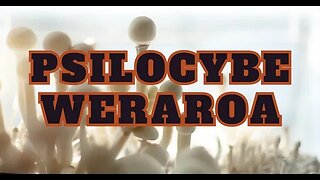 5:03
5:03
Mycophiliac
1 year ago $0.08 earnedPsilocybe Weraroa The Hidden Psilocybe
338 -
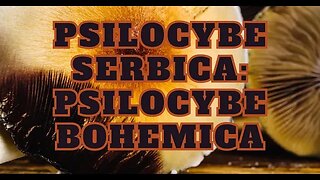 5:13
5:13
Mycophiliac
1 year agoPsilocybe serbica Psilocybe Bohemica
172 -
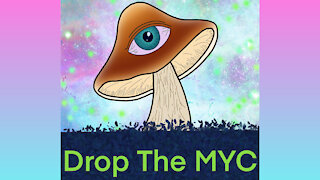 3:23
3:23
DropTheMyc
3 years ago $0.04 earnedPsilocybe Subaeruginosa South Australia Adelaide Hills
166 -
 1:28
1:28
MushieMan
1 year agoWe Have Pins! (Cambodian Psilocybe Cubensis)
113 -
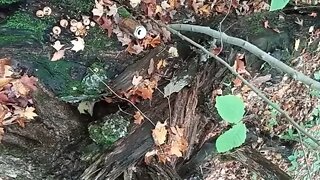 1:25
1:25
This is William Ashley's Rumble Channel
1 year agoMushroom ID??? Another Clitocybe?
15 -
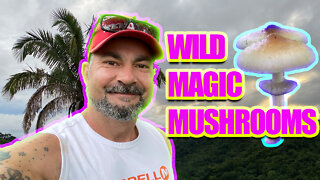 12:17
12:17
CostaRicanCubes
1 year agoPSILOCYBE CUBENSIS AND GROWING OUTDOORS (MAGIC MUSHROOMS)
1.11K34 -
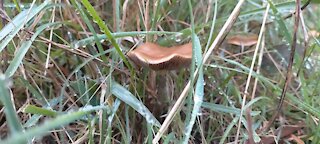 4:06
4:06
DropTheMyc
3 years ago $0.06 earnedSouth Australia Psilocybe Subaeruginosa Adelaide Hills
1761 -
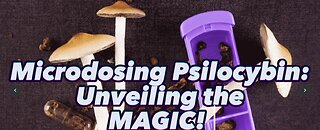 2:30
2:30
MushieMan
11 months agoMicrodosing Psilocybin: Unveiling the Magic
50 -
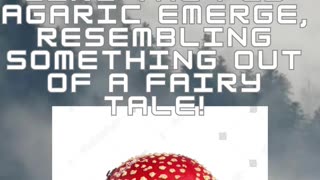 0:08
0:08
danzokenzo84
8 months agoAmanitaMuscaria, #FlyAgaric, #MagicMushroom, #Toadstool, #PsychedelicFungi #MushroomMagic
12 -
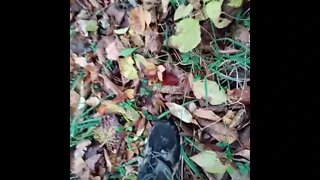 0:44
0:44
This is William Ashley's Rumble Channel
1 year agoMust ID this mushroom???????? Little stumped Clitocybe ??
15